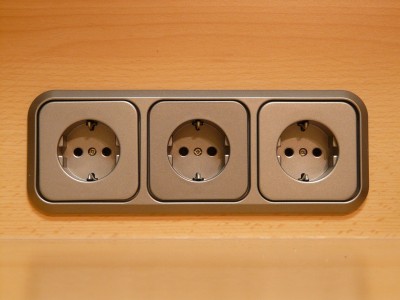In a world that is increasingly filled with noise, the quest for tranquility has become a priority for many. Noise-cancelling earplugs have emerged as a popular solution, offering individuals a way to reclaim their peace amidst the clamor of everyday life. Whether it’s the sound of traffic, loud neighbors, or the hum of an airplane, these innovative devices provide a sanctuary of silence. Understanding the intricacies of noise-cancelling earplugs can help users make informed decisions about their use and effectiveness.
The primary function of noise-cancelling earplugs is to reduce unwanted ambient sounds. They work by utilizing a combination of passive noise isolation and active noise cancellation technology. Passive noise isolation involves physically blocking sound waves from entering the ear, while active noise cancellation uses microphones to pick up external sounds and generate opposing sound waves to cancel them out. This dual approach allows for a significant reduction in noise levels, making them ideal for various environments.
One of the key benefits of noise-cancelling earplugs is their versatility. They can be used in a wide range of settings, from bustling urban environments to quiet home offices. For travelers, they are invaluable during long flights or train rides, providing relief from the incessant drone of engines. In workplaces that are prone to distractions, these earplugs can enhance focus and productivity by minimizing auditory interruptions.
Comfort is another essential factor to consider when choosing noise-cancelling earplugs. Many users find that traditional earplugs can be uncomfortable over extended periods. However, modern designs prioritize ergonomics, often featuring soft silicone or foam materials that mold to the shape of the ear canal. This ensures a snug fit that not only enhances noise cancellation but also allows for prolonged wear without discomfort.
Battery life is a crucial aspect of active noise-cancelling earplugs. Users should be aware that these devices require power to operate effectively. Most models utilize rechargeable batteries, offering several hours of continuous use on a single charge. It is advisable to consider the battery life when selecting a pair, especially for those who plan to use them during long trips or throughout the workday.
The effectiveness of noise-cancelling earplugs can vary based on several factors, including the type of noise and the environment. For instance, they are generally more effective at canceling out low-frequency sounds, such as engine noise, compared to higher-frequency sounds like human voices. Users should set realistic expectations regarding their performance and consider using additional sound-blocking methods, such as white noise machines, for optimal results.
Safety is another important consideration when using noise-cancelling earplugs. While they provide significant noise reduction, users should remain aware of their surroundings, especially in public spaces. Being able to hear important sounds, such as sirens or alarms, is crucial for personal safety. Therefore, it is recommended to use them in situations where awareness of the environment is less critical.
Maintenance and care for noise-cancelling earplugs are vital to ensure their longevity and effectiveness. Regular cleaning is essential to prevent the buildup of dirt and earwax, which can impact sound quality and hygiene. Users should follow the manufacturer’s guidelines for cleaning and storing their earplugs to maintain optimal performance over time.
Price points for noise-cancelling earplugs can vary widely based on brand, technology, and features. While some budget-friendly options can provide basic noise reduction, investing in higher-end models often yields better sound quality and comfort. Users should consider their specific needs and usage patterns when determining their budget, balancing cost with the desired level of noise cancellation.
As technology continues to advance, the future of noise-cancelling earplugs looks promising. Innovations may lead to even more effective designs that enhance comfort and sound quality. Research into adaptive noise cancellation could allow earplugs to adjust automatically to varying noise levels, providing users with an even more tailored experience. This area presents ample opportunities for exploration and development in the coming years.
Noise-cancelling earplugs serve as a powerful tool for those seeking solace from the noise of modern life. Their ability to reduce unwanted sounds can significantly enhance focus, relaxation, and overall well-being. As more individuals recognize the importance of auditory peace, further research into their technology and applications will be essential. Future studies could explore the impact of prolonged use on hearing health and the development of more personalized noise-cancellation solutions.

